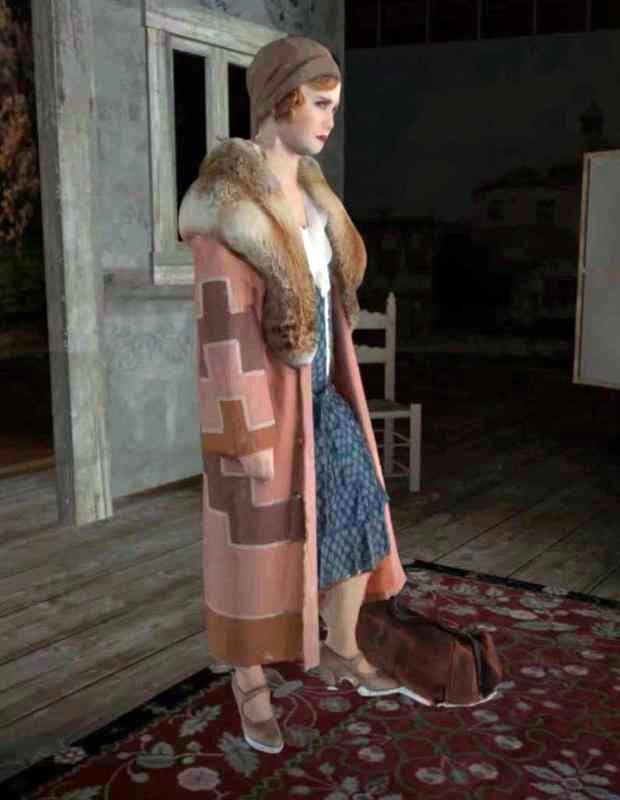

Fraunhofer HHI receives AIS Technology Innovation Award 2018 for 3D Human Body Reconstruction
© Fraunhofer HHI
The 3D Human Body Reconstruction technology captures real persons with multiple cameras at the same time and creates naturally moving dynamic 3D models, which can be observed from arbitrary viewpoints in the virtual scene.
The volumetric video capture system consists of 16 stereo cameras that create 3D information from all different viewpoints around the person, similar as humans perceive with their two eyes. This 3D information is fused and transformed to a consistent, natural and dynamic 3D representation of the person.
Post-processing modules adapt the data structures and formats and allow for direct integration in standardized post-production workflows and virtual reality players for VR glasses.
In contrast to classical animation of virtual characters, facial expressions as well as moving clothes are captured from video information and reconstructed at high geometrical detail and texture quality. Thereby a maximum of naturalness of the visual impression is achieved.
The complete workflow is fully automatic. Due to the standardized output format, further post-processing of the dynamic 3D model is possible.
Beyond the processing of dynamic 3D models, a novel integrated multi-camera and lighting system for full 360-degree acquisition of persons has been developed. The system supports diffuse lighting from any direction, automatic keying and flexible multi-camera arrangement.
The avoidance of green screen and provision of diffuse lighting from all directions offers best possible conditions for re-lighting of the dynamic 3D models afterwards at design stage of the virtual reality experience.
With its Technology Innovation Award, the Advanced Imaging Society (AIS) honors outstanding technical achievements in Entertainment, Arts and Technologies.
The awards are handed to technologies or processes, which have demonstrated both innovation and impact in advancing the creation or delivery of quality content. Members of the AIS Technology Committee selected the winners of the 2018 Technology Awards from nearly 100 submissions.
https://www.hhi.fraunhofer.de/en/press-media/press-releases.html












